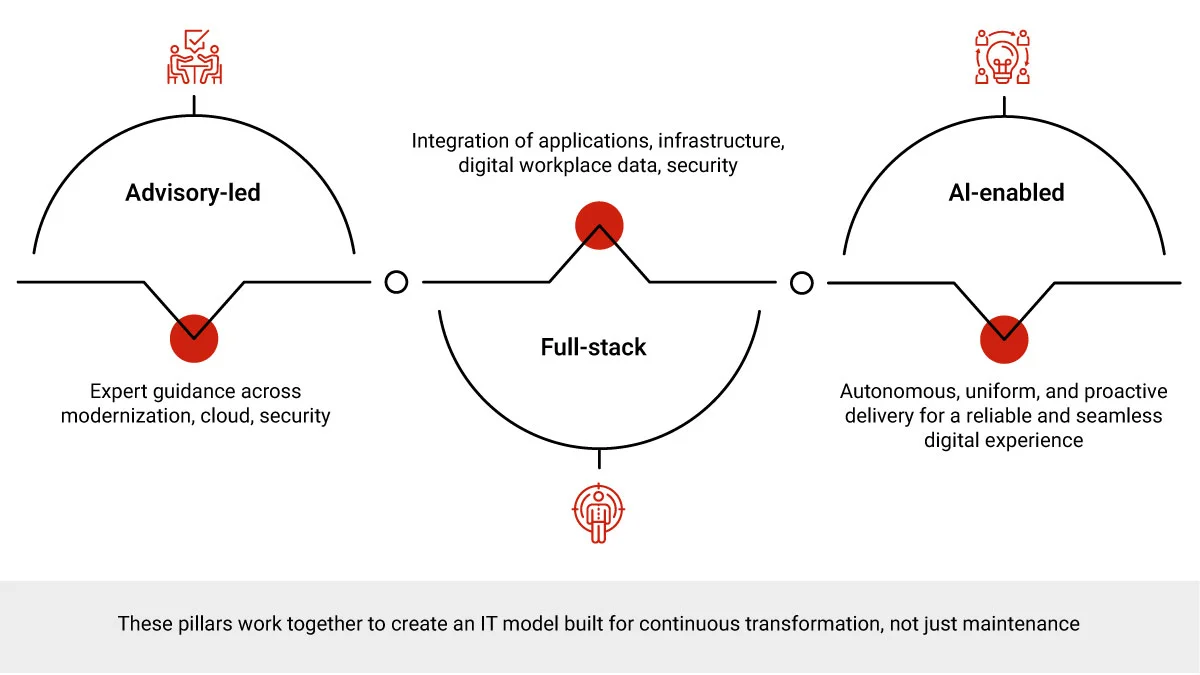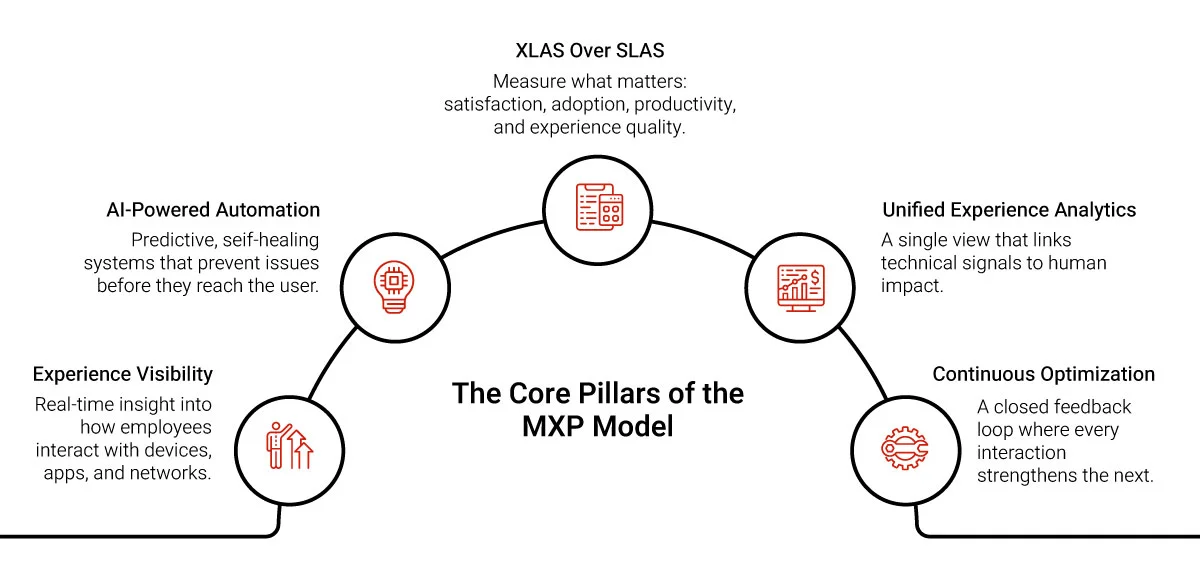Generative AI (GenAI) is rapidly transforming industries by enabling machines to perform tasks that traditionally required human intelligence. From content creation and report generation to design and decision-making, GenAI is making a significant impact across various sectors, including finance, healthcare, manufacturing, IT, and customer service.
However, many business processes rely on subjective analysis, which involves nuanced decision-making, creativity, judgment, and interpretation. AI for automation is revolutionizing these workflows by enhancing efficiency, scalability, and accuracy. Read to uncover the top AI for automation use cases.
Top AI for Automation Use Cases
Combining machine intelligence with human insight empowers businesses to automate even the most complex processes, accelerate decision-making, and optimize operations across departments. GenAI allows organizations to tackle repetitive and complex tasks at scale, enabling teams to focus on strategic, high-impact work that drives innovation and transformation. Here are the top AI for automation use cases shaping the future of business today:
1. Report Writing: Enhancing Efficiency and Quality
The Challenge
Creating reports often demands subjective judgment, synthesizing large volumes of information, and understanding context. Manual report generation can be time-consuming, prone to inconsistencies, and delayed by bottlenecks.
How GenAI Helps
AI automation tools assist by automating report generation while preserving a human-like touch. These tools can:
- Gather and analyze data from multiple sources.
- Generate content aligned with desired tone, style, and objectives.
- Highlight insights and patterns to inform decision-making.
Benefits
- Reduces time spent on repetitive tasks.
- Ensures consistency and quality, even with complex reports.
- Enables real-time insights, accelerating decisions.
Example
AEC firms can use AI-powered report automation to compile project progress, track material usage, and monitor site safety metrics. This allows project managers to generate accurate, executive-ready reports quickly, enabling timely decisions and efficient resource management.
2. Customer Support: Personalizing Interactions
The Challenge
Customer support requires more than answering queries; it involves resolving complex issues, understanding emotions, and providing personalized assistance.
How GenAI Helps
AI process automation enhances customer support by:
- Automating responses while keeping a conversational tone.
- Analyzing customer queries to understand intent and offer tailored solutions.
- Integrating with knowledge bases to deliver accurate, real-time responses.
Benefits
- Provides 24/7 availability without sacrificing personalization.
- Reduces human agent workload, allowing focus on complex cases.
- Improves customer satisfaction with faster and precise solutions.
Example
Manufacturing companies can deploy AI-powered support systems to handle routine inquiries, such as order status, shipment tracking, or product specifications. This ensures customers receive instant, accurate responses for simple questions while enabling human agents to focus on complex, high-value support.
3. Code Development: Facilitating Creativity and Innovation
The Challenge
Software development combines logic and creativity. Decisions on architecture, design patterns, and problem-solving approaches often rely on subjective judgment.
How GenAI Helps
AI automation tools support developers by:
- Generating boilerplate code and suggesting improvements.
- Identifying potential bugs and offering contextual recommendations.
- Recommending design patterns based on previous code and best practices.
Benefits
- Saves time by automating repetitive coding tasks, allowing developers to be more productive.
- Empowers developers to innovate by freeing them from routine work and letting them focus on creative problem-solving.
- Improves output by enhancing code quality, reducing errors, and minimizing inefficiencies.
Example
Healthcare technology companies can use AI-driven code assistance and automated review tools to handle repetitive coding tasks and identify potential errors in real-time. This enables developers to concentrate on creating innovative digital health solutions while ensuring the development of safe and reliable software for patient care.
4. Workflow Automation: Streamlining Subjective Decision-making
The Challenge
Workflow automation often involves decisions about task prioritization, resource allocation, and handling exceptions—areas that require subjective judgment and discretion.
How GenAI Helps
AI for automation streamlines these workflows by:
- Suggesting workflow adjustments based on historical data and priorities.
- Predicting bottlenecks and proposing proactive solutions.
- Providing contextual insights to support subjective decision-making.
Benefits
- Increases productivity by optimizing processes.
- Reduces operational costs and manual intervention.
- Adapts quickly to changing business priorities.
Example
Logistics companies can use AI-powered project management tools to track shipments, predict delays, and automatically reassign tasks to available teams. Managers can receive recommendations for task prioritization, ensuring critical deliveries stay on schedule while improving overall operational efficiency.
Conclusion
AI for automation is reshaping business operations that involve subjective analysis. From report writing and customer support to code development and workflow management, GenAI tools enhance efficiency, reduce operational costs, and improve decision-making. As organizations adopt these AI automation tools, they can unlock scalability and creativity previously limited by human resource constraints.
The future of business is increasingly intertwined with AI process automation, enabling organizations to transform complex processes into streamlined, intelligent workflows. Businesses ready to explore GenAI-driven solutions will gain a competitive edge, improve operational efficiency, and drive innovation across industries.











